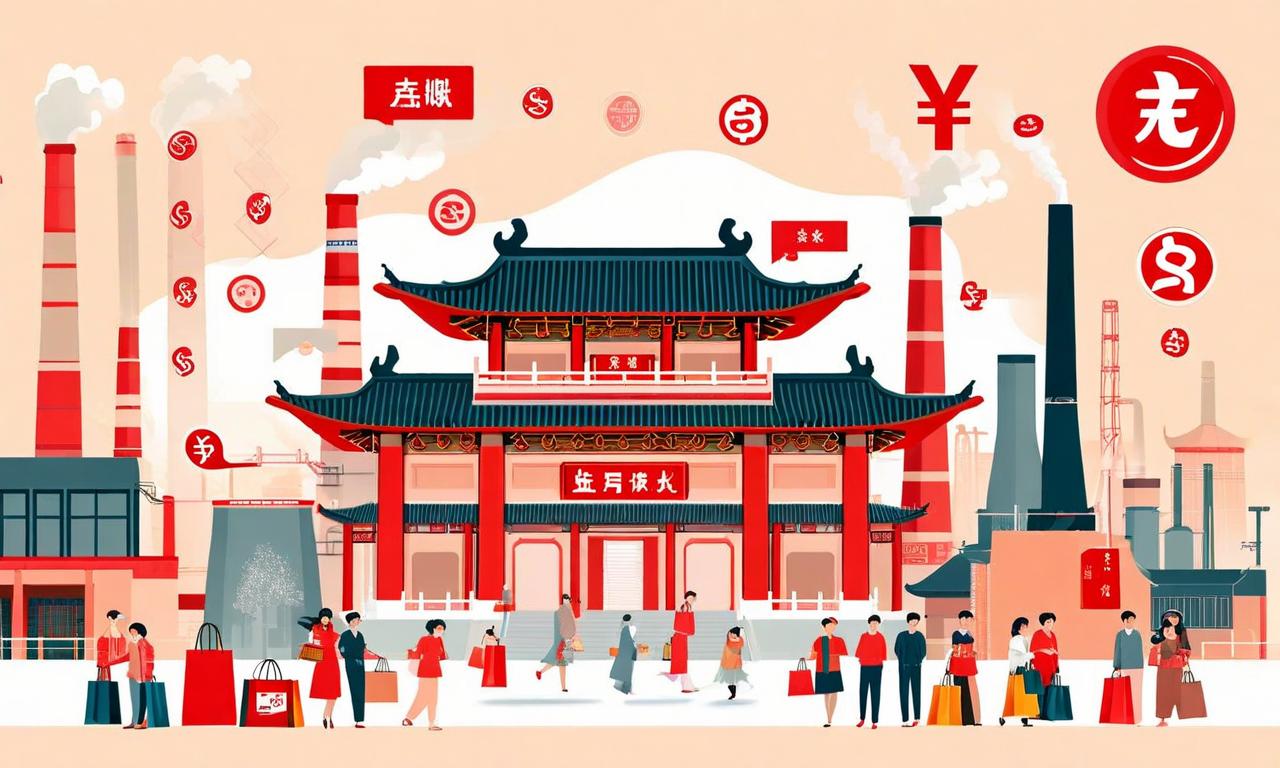China Tightens Grip on Rare Earth Industry with New Regulations
China has introduced new regulations to strengthen control over its rare earth industry, covering mining operations, smelting processes, and separation techniques. This move could impact global supply chains, prices, and trade dynamics for rare earth elements, which are crucial for high-tech and green technologies. The regulations aim to consolidate China's control over these resources, ensure sustainable exploitation, and potentially leverage its market position. Industry experts anticipate increased production costs and possible short-term supply chain disruptions.

*this image is generated using AI for illustrative purposes only.
China, the world's dominant producer of rare earth elements, has unveiled new regulations aimed at strengthening control over its rare earth industry. The announcement marks a significant move that could have far-reaching implications for global supply chains and tech industries reliant on these critical materials.
Comprehensive Regulatory Framework
The new rules, as announced by Chinese authorities, are designed to oversee the entire rare earth supply chain. This includes:
- Mining Operations: Stricter controls on extraction processes and environmental standards
- Smelting Processes: New guidelines for refining and processing rare earth ores
- Separation Techniques: Regulations governing the separation of individual rare earth elements
Impact on Global Markets
China's rare earth industry plays a crucial role in the global supply of these elements, which are essential components in various high-tech and green technologies. The new regulatory framework could potentially:
- Affect global prices of rare earth elements
- Influence international trade dynamics
- Prompt other countries to reassess their rare earth strategies
Strategic Implications
The move is seen as part of China's broader strategy to:
- Consolidate control over its rare earth resources
- Ensure sustainable exploitation of these valuable minerals
- Potentially leverage its dominant market position in geopolitical negotiations
Industry Response
While the full details of the regulations are yet to be disclosed, industry experts anticipate that these rules could lead to:
- Increased production costs for Chinese rare earth producers
- Potential supply chain disruptions in the short term
- A possible catalyst for rare earth projects outside of China
As the global demand for rare earth elements continues to grow, driven by the expansion of electric vehicles, renewable energy technologies, and consumer electronics, these new Chinese regulations are likely to have significant repercussions across multiple industries worldwide.
Stakeholders in the tech, automotive, and renewable energy sectors will be closely monitoring the implementation and effects of these new rules in the coming months.

























